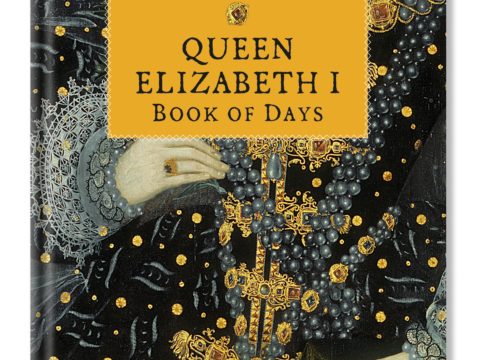Edward Seymour: Life Story
Chapter 5 : France
The depredations of Hertford and his forces had created misery in Scotland. With no possibility of Scotland coming to the aid of France by an attack on England, Henry now embarked a huge army to attack Boulogne. Hertford, rather than being part of the invasion force, was required to remain in London as one of the privy councillors supporting Queen Katherine, who had been appointed as regent. He was also required to take control of the household of his nephew, Prince Edward, who was now seven, and had attained the age at which boys left the guardianship of women, and became part of a man’s world. Amongst the prince’s new companions were to be two of Hertford’s own sons, as well as other sprigs of the nobility – Henry Sidney; possibly Robert Dudley, Lisle’s son; and Barnaby FitzPatrick, grandson of the Earl of Ormond. Hertford appointed John Cheke and Richard Cox as principal tutors – both were later known as religious reformers, as was Hertford. Whether their views were Protestant at this time, and whether that was Hertford’s intention, is hard to know. During Henry VIII’s reign, any open flirtation with Protestantism could call down heavy penalties.
The king’s campaign in France was initially successful. Hertford joined it as Lieutenant-General, with Lisle as Lord Admiral. Once again, Hertford’s advance put the nose of Henry Howard, Earl of Surrey, out of joint – previously, he had commanded the royal forces. Having captured Boulogne and Montreuil, and after discovering that, once again, the king of France and Emperor Charles (officially Henry’s ally) had come to a secret truce, Henry needed to make terms with François – or persuade Charles to return to his original agreement with Henry. Hertford was called to assist in the diplomacy surrounding the treaty. The matter was slow of conclusion, and, ultimately fruitless. Hostilities once again broke out, and again, Hertford was the hero of the hour when, commanding a force of about 4,000 foot and 700 horse, he drove off a French force of over three times the strength, to put the English control of Boulogne on a secure footing.
France satisfactorily dealt with for the time being, Henry once again sent Hertford to Scotland as Lieutenant-General. After Hertford’s successes of 1543-1544, the Scots had scored a notable victory at Ancrum Moor, when several hundred Scotsmen who had pledged allegiance to Henry VIII remembered their loyalty to their country and defected. Henry was vengeful and Hertford was the man to enact his rage. The following campaign has become known as the War of the Rough Wooing – its intention being to force the Scots into the marital union of their queen with Prince Edward. Hertford attacked with gusto – during September and October of 1545, Kelso and Jedburgh were again attacked, and devastation wrought throughout the Borders.
At the end of the campaigning season, Hertford returned to London, to take part in government business before being dispatched, once again, to France. This time, his brief was to agree peace. The resultant Treaty of Camp left the English in possession of Boulogne until 1554, at which time the French would be able to buy it back.
Working alongside Hertford were Lisle, and Sir William Paget, one of the king’s closest advisers who was in constant communication with Hertford. All three were religious reformers, and in the last few years of Henry’s reign, factions began to coalesce around the reformist versus the conservative groups. Historians have debated the true extent of the factionalism – certainly, it was not entirely religious. Thomas Wriothesley, for example, conservative in religion, was identified with Hertford and his friends, whilst the Earl of Surrey, originally reformist, became more conservative in opposition, allied with Gardiner, Bishop of Winchester. As the rivalry between Hertford and Surrey grew, an attempt at reconciliation was made with the suggestion that Surrey’s sister, Mary, the Dowager-duchess of Richmond (and thus Henry VIII’s daughter-in-law) should marry Hertford’s brother, Sir Thomas Seymour. Their father, the Duke of Norfolk was in favour, but both Surrey and Mary were against the match.
As the king’s health declined, the two factions began to jostle for power – Hertford, as uncle to the future king, was likely to hold high office, but Surrey boasted that his father, as the senior duke in the realm, would be Lord Protector. Surrey also harped on his royal blood (he was the grandson of the Duke of Buckingham) and sported heraldic devices which drew attention to his rank. The king, already unhappy with Surrey’s poor showing in the French wars (not necessarily the earl’s fault, but handled badly by him) was willing to listen to cries of treason from Surrey’s enemies. The upshot was that Norfolk and Surrey were both sent to the Tower of London, and Surrey was executed. Hertford and his friends thus had the upper hand at the time of Henry VIII’s death on 28 January 1547.



